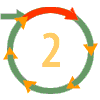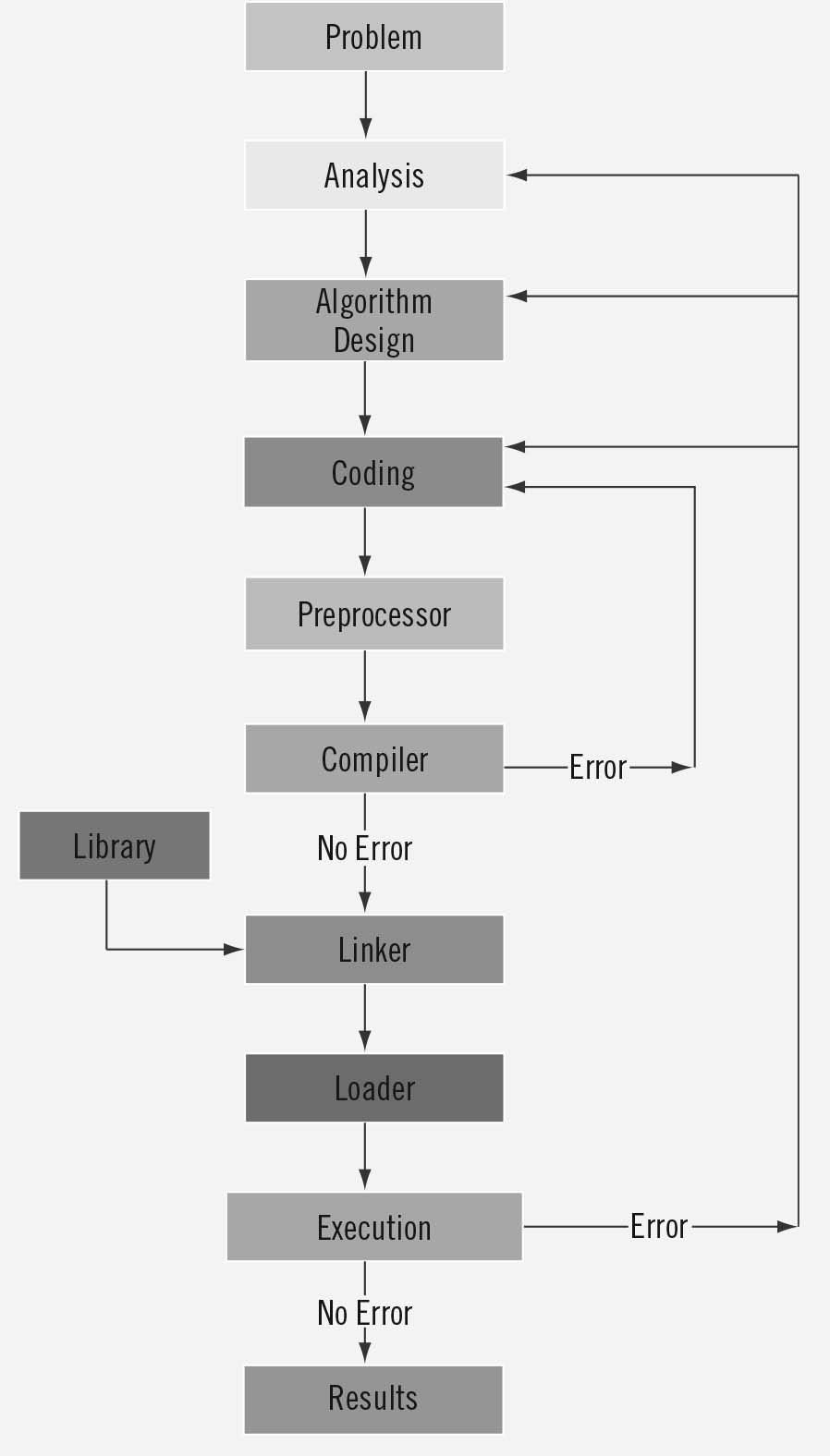| Lesson 4 | Problem analysis |
| Objective | Define the purpose and scope of problem analysis. |
Purpose and Scope of Problem Analysis in the Project Life Cycle
Purpose of Problem Analysis
Problem analysis is a critical early phase in the project life cycle that aims to clearly identify, understand, and define the root cause(s) of a problem before proposing or implementing any solution. Its main purposes include:
Scope of Problem Analysis
The scope of problem analysis typically covers the following elements:
Problem analysis is a critical early phase in the project life cycle that aims to clearly identify, understand, and define the root cause(s) of a problem before proposing or implementing any solution. Its main purposes include:
- Clarify Objectives: Ensure stakeholders have a shared understanding of the issue at hand.
- Define the Problem Clearly: Move from symptoms to root causes using structured thinking.
- Prevent Misguided Solutions: Avoid jumping to conclusions or implementing solutions based on incorrect assumptions.
- Establish a Solid Foundation: Lay the groundwork for accurate requirements gathering, design, and implementation.
- Prioritize Needs: Determine which aspects of the problem are most critical and require immediate attention.
Scope of Problem Analysis
The scope of problem analysis typically covers the following elements:
- Stakeholder Identification & Input
- Understand who is impacted by the problem.
- Collect qualitative and quantitative data from key stakeholders.
- Problem Statement Formation
- Write a concise, measurable problem statement.
- Use tools like the 5 Whys, Fishbone Diagram, or Root Cause Analysis.
- Contextual Analysis
- Analyze the business, technical, and environmental context.
- Review current processes, systems, and limitations.
- Impact Assessment
- Evaluate how the problem affects operations, customers, revenue, or compliance.
- Quantify costs, risks, and inefficiencies if the problem is not addressed.
- Boundary Definition
- Identify what is in and out of scope to avoid scope creep.
- Define dependencies, constraints, and assumptions.
- Documentation and Communication
- Capture findings in a form accessible to both technical and non-technical stakeholders.
- Prepare inputs for the next phases: feasibility analysis, requirements gathering, and system design.
Role in the Project Life Cycle
Problem analysis occurs in the initiation or conception phase of the project life cycle. It directly influences:
By investing time and effort in a well-scoped problem analysis, project teams improve the chances of delivering relevant, efficient, and high-quality solutions.
- Feasibility Studies
- Requirements Engineering
- Project Charter Definition
- Risk Management Planning
By investing time and effort in a well-scoped problem analysis, project teams improve the chances of delivering relevant, efficient, and high-quality solutions.

What is the scope of each phase that you expect to manage?
It is critical to define and understand the scope of each phase if you expect to manage the development process.
Analysis serves a very specific purpose. Define the resources that are required to support the problem domain whether or not you ever provide automation. Ask yourself, 'How would the users get their work done in a paper-only environment?' Focus exclusively on the problem domain and
Analysis serves a very specific purpose. Define the resources that are required to support the problem domain whether or not you ever provide automation. Ask yourself, 'How would the users get their work done in a paper-only environment?' Focus exclusively on the problem domain and
- forget performance,
- technology, and
- all aspects of a solution
Programming is a process of Problem Solving
Programming is a process of problem solving. Different people use different techniques to solve problems. Some techniques are nicely outlined and easy to follow. They not only solve the problem, but also give insight into how the solution was reached. These problem-solving techniques can be easily modified if the domain of the problem changes. To be a good problem solver and a good programmer, you must follow good problemsolving techniques. One common problem-solving technique includes analyzing a problem, outlining the problem requirements, and designing steps, called an algorithm, to
solve the problem.
Algorithm: A step-by-step problem-solving process in which a solution is arrived at in a finite amount of time. In a programming environment, the problem-solving process requires the following three steps:
- Analyze the problem, outline the problem and its solution requirements, and design an algorithm to solve the problem.
- Implement the algorithm in a programming language, such as C++, and verify that the algorithm works.
- Maintain the program by using andmodifying it if the problem domain changes.

The purpose of problem analysis is to find and define the resources required by the problem domain.
Problem Domain Analysis
A Problem domain is a general term that refers to all the issues related to the problem that the project is supposed to help solve.
It is the responsibility of the project participants to establish the
Occasionally, the phrase problem domain will be used in a more inclusive manner to mean "this type of problem." For example, the problem statement might refer to a specific flower shop. But while discussing that flower shop, I might refer to common flower shop practices, that is, practices that are typical for similar businesses and constitute a problem domain that is unique to these businesses.
- problem statement context and
- scope
Occasionally, the phrase problem domain will be used in a more inclusive manner to mean "this type of problem." For example, the problem statement might refer to a specific flower shop. But while discussing that flower shop, I might refer to common flower shop practices, that is, practices that are typical for similar businesses and constitute a problem domain that is unique to these businesses.
Object-oriented design approach
In this technique, various objects that occur in the problem domain and the solution domain are first identified and the different relationships that exist among these objects are identified.
The object structure is further refined to obtain the detailed design. T he OOD approach is credited to have several benefits such as lower development time and effort, and better maintainability of the software.
These resources will become the information that the finished system will store, manipulate, and protect. People, supplies, facilities, and transactions are types of resources used to conduct business. Programs and technology are simply tools that facilitate the use of these resources. Although these tools change rapidly and continuously, the resources remain the foundation of the business.
The scope of problem analysis
The sole task of the problem analysis phase is to discover the resources required by the problem domain. For each resource you discover, you then define its purpose and the interface it supports, that is, the services that it provides.
This very limited scope can be illustrated using a business exampleImagine that a flower shop is your problem domain. What information resources would the shop have to manage in order to conduct business successfully?
If you were to look around the flower shop office, you would probably find files representing customers, products, employees, equipment, suppliers, and facilities. Without these resources, the flower shop could not operate successfully; these resources are therefore required by the problem domain.
This very limited scope can be illustrated using a business exampleImagine that a flower shop is your problem domain. What information resources would the shop have to manage in order to conduct business successfully?
If you were to look around the flower shop office, you would probably find files representing customers, products, employees, equipment, suppliers, and facilities. Without these resources, the flower shop could not operate successfully; these resources are therefore required by the problem domain.
Outside the scope of problem analysis
Still using the flower shop as our example, would you expect to find files with references to programming languages, databases, user interfaces, or programs? Probably not. However important these items may be to an automated solution,
they are not essential to the running of the business, and as such are outside the scope of the problem analysis phase.
Problem Analysis - Quiz
Before you move on, click the Quiz link below to take a short multiple-choice quiz.
Problem Analysis - Quiz
Problem Analysis - Quiz